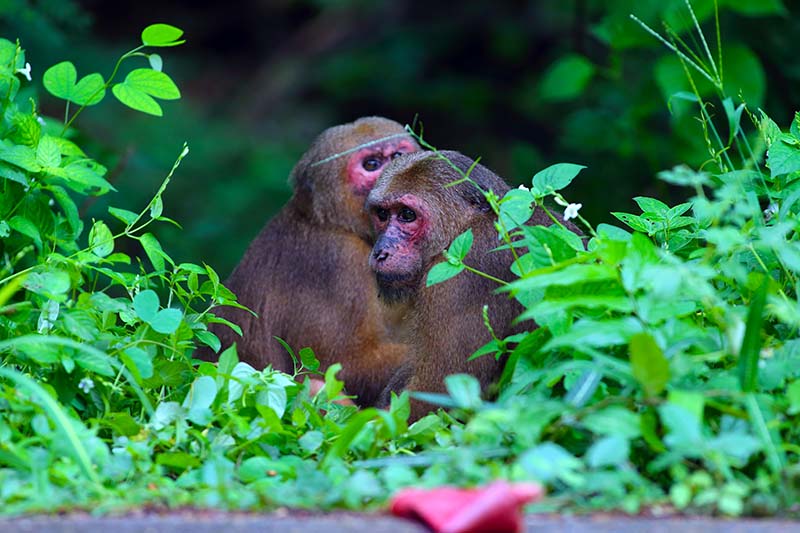
We’ve had a tree-rific year at Favorite World Press! With your enthusiastic support of our first series release, Frankie and Peaches: Tales of Total Kindness, we’ve planted thousands of trees alongside our dedicated conservation partners at American Forests. By helping us help them, you have made a hopeful investment in a kinder, greener future, for people, for wildlife, and for the planet—and that’s a truly wonderful thing.
We are incredibly grateful that you share our Favorite World vision. Without you, there is no us—so thank you very much for existing! Please keep doing that!
And now dear readers without further ado:
Weekly Wondrous Year in Review
A caroling whale,
some traveling trees,
the busiest beavers,
and most hard-working bees
Squirrels with a strategy,
lemurs that leap,
eels that electrify
and swim in the deep
A fish-chomping grizzly,
some tadpoles that snore,
gardening tapirs,
and flamingos galore
Matching giraffes,
Earth’s favorite Day,
baby turtles that hatched
in Far Rockaway bay
A night pollinator
that works in the dark,
happier humans
because they’ve got park
Recycled birds,
an award-winning tree,
kelp-keeping otters,
more space to roam free
A ground-dwelling parrot,
one rhino, then two,
a bird that builds bowers
in bright shades of blue
African elephants
evolving tusk-free,
Eurasian antelopes
that just want to be
A mini-marsupial,
a fussed-over frog,
proud papa penguins
protecting their sprog
Good news for gorillas,
an Airbee-n-bee,
the most purr-fect postage,
a bird app that’s free
A pine-loving bear cub
eating cones by the bunch,
a leather-lipped camel
chewing cactus for lunch
Shy, scaly pangolins
that sleep in the day,
hard-working scientists
with something to say
A yellow-eyed hoiho
that lives near the sea,
some animal farmers,
and Brazil’s tallest tree
Lovers of nature,
fine people like you,
who make room in their hearts
for Earth’s beautiful view
That’s all folks!
We’ll be back in 2020 with more books, more trees and more featured creatures.
From our Favorite World to yours, however you celebrate, wishing you an absolute abundance of holiday cheer!
XOX!
LSF • WW • FWP




































































